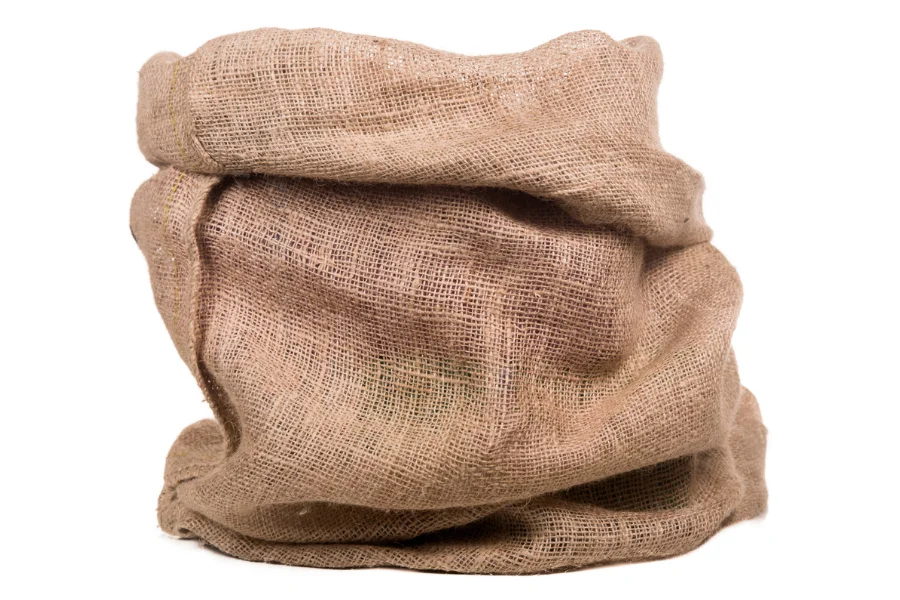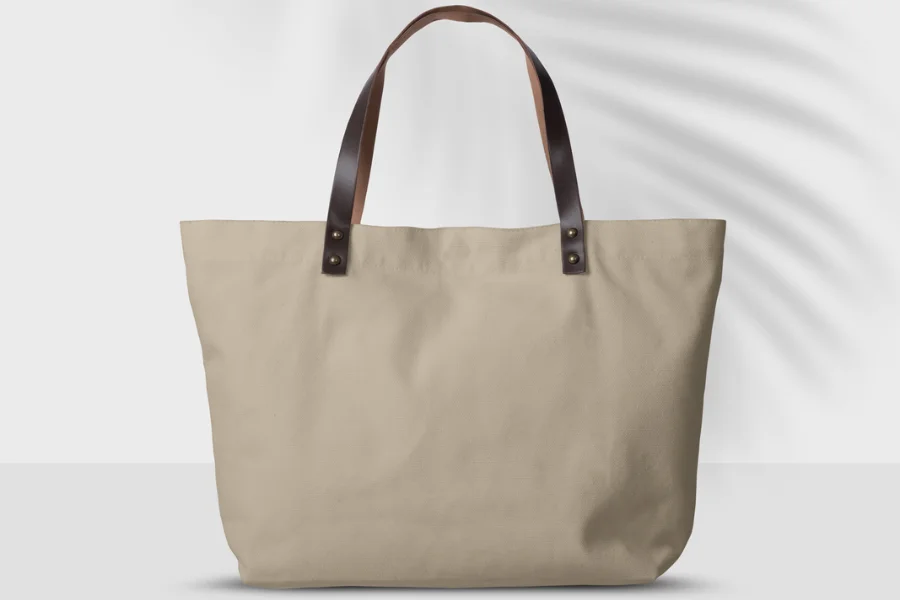Textile packaging is a trendy choice for businesses due to its versatility and sustainability. However, businesses struggle to find suitable textile packaging for their needs.
This post gives selection advice to make the process simple and enable your business to make an objective decision. Keep reading.
Table of Contents
Textile industry market overview
Selection tips for textile packaging
Types of textile packaging
Conclusion
Textile industry market overview
The textile industry is worth US$ 1 trillion and is expected to attain a valuation of US$ 1.3 trillion by 2026, growing at a CAGR of 4.5%. The textile packaging market is growing fast due to the huge demand for textile packaging over plastic packaging.
The vast need for textile packaging is also emerging from strict environmental laws. Various countries encourage the use of eco-friendly packaging materials hence opting for textile packaging.
Selection tips for textile packaging
Below are some essential tips to help businesses choose textile packaging wisely.
Consider the visual appeal of the textile packaging
When businesses are choosing textile packaging for their products, aesthetics is an important factor to consider. Aesthetics refers to the visual appeal of the packaging and how it will be perceived by the consumers. Businesses want their packaging to be attractive and visually appealing.
There are several different aspects of aesthetics that businesses must consider when choosing textile packaging for their products. These include:
– Color: Businesses may choose colors that are consistent with their brand identity or known to be appealing to their target market.
– Texture: Smooth, glossy textures can convey a sense of luxury while rough matte textures can give a rustic or more natural feel.
– Design: It includes the shape of the packaging, as well as any graphics that are used on it.
By considering these aspects, your brand will make a good impression on potential customers and differentiate its products from those of your competitors.
Think about the closure type

Businesses must consider the closure type when looking for the perfect textile packaging for their products. Some common closure types include:
– Zippers: They are a common closure type for textile packaging. They can be used to seal bags, pouches, and other types of containers, and they are easy for consumers to open and close.
– Snaps: Also known as press-ups or poppers, they are small, hinged closures that can be pressed together to seal a bag or container. They are often used in clothing and other types of textile packaging.
– Velcro: It is a type of closure that consists of two pieces of fabric, one with a rough side and the other with a soft side. When the two pieces are pressed together, they form a secure seal. Velcro is often used in textile packaging because it is easy to use and can be opened and closed multiple times.
– Ties: Such as ribbon or string, they can be used to secure textile packaging. They can be tied in a knot or bow to keep the packaging closed.
– Buttons: They are another option for closure in textile packaging. They can be sewn onto the packaging and used to fasten it closed.
Consider the printing and labeling options
Looking at printing and labeling options is essential for businesses choosing the right textile packaging for their products. Things to look into include:
– Durability: The printing and labeling should be durable and be able to withstand handling and storage. This is perfect for products that may be exposed to moisture or other harsh conditions.
– Legibility: The printing and labeling should be easy to read and understand. This is important for information such as product instructions and warnings.
– Sustainability: The printing and labeling process should be environmentally friendly, using materials that minimize waste and pollution.
– Branding: The printing and labeling should be consistent with the overall branding of the product. This can include the use of the company logo, color scheme, and other design elements.
Choose a material that is appropriate for the product
Businesses should pick textile packaging based on the material of the product. The common types of textile materials include cotton, polyester, or nylon. The type of material should be compatible, aesthetic, sustainable, and durable to keep the contents safe.
Opt for a type of material that is easy to open/close
The ease of opening or closing the packaging is essential when choosing the best textile packaging. Easy-to-open/close packaging is important to ensure the product is secure and the user experience is positive. Zippers, Velcro, buttons, and snaps are the closure options for textile packaging that are reliable.
Types of textile packaging
There are different types of textile packaging to help businesses make the right choice.
Jute sacks

Jute sacks, also known as burlap or gunnysacks, have large perforations to assist in air circulation in the contents while keeping moisture away. They are perfect for packaging and shipping agricultural produce such as grains, flour, tobacco, and coffee.
Pros
– They are light and last long.
– They are reusable.
Cons
– They are prone to wear and tear.
– They offer little protection to products when exposed to moisture.
Wrapping paper

Wrapping paper is similar to ordinary paper but it is made of fabrics like polyester.
Pros
– It is recyclable.
– It lasts longer than ordinary paper.
Cons
– Its cost of production is higher than other papers.
– It is bulkier than regular paper.
Totes

These are bags meant for carrying a lot of items, especially when shopping. Tote bags are commonly used by women.
Pros
– They accommodate a lot of items.
– They are larger and stronger than paper bags.
Cons
– They risk contaminating the products with bacteria.
– They are expensive to produce.
Conclusion
Businesses should remember that choosing the right textile packaging products is essential. When selecting the packaging, materials, sustainability, size, design, and branding should all be taken into consideration.
Discover the top 4 textile packaging types to upgrade your business.




